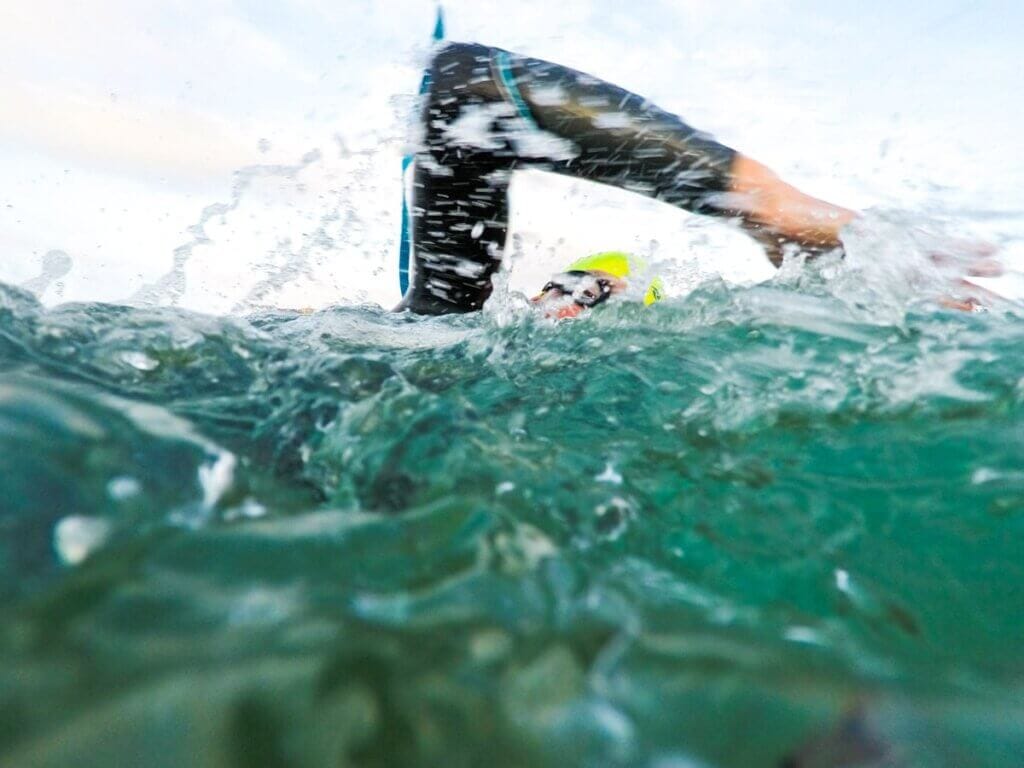Do fluro vests spell the end of bare chested ocean swimming?


A recent water safety policy decision by Surf Life Saving Queensland (SLSQ), that goes above and beyond current national water safety guidelines, will start to impact on every open water sport in Australia from this summer – including ocean swim events.
SLSQ’s new High Visibility Clothing Policy requires every competitor in ‘a surf lifesaving ocean or open water-based event endorsed by SLSQ’ to wear a ‘high visibility lycra/rash top/singlet/stinger suit/buoyancy vest’ from 22 September 2012.
Whilst the new hi-vis policy has only been adopted by SLSQ at this time, Lifesaving Victoria is said to be adopting a similar policy and other states will not be far behind.
For ocean swimmers, this policy will effectively mean the end to participating in an ocean swim event ‘bare-chested’ or just in cozzies because the majority of ocean swim events are run by surf clubs operating under SLS water safety guidelines and policies.
Ocean swims entry fees are also likely to rise, unless organisers soak up the additional cost, with fluro vests currently retailing up to $40.
Event organisers choosing to utilise the vests for sponsor purposes will likely make the wearing of their own vests compulsory, however, a generic fluro vest policy for all ocean swim events would be the best option to allow a one-time purchase to stretch across all events entered.
Independent ocean swim event organisers are not obliged to adopt a similar policy but should maintain a comprehensive risk management process for their own events. Current national guidelines recommend a standardised rash shirt or swimming cap.
There is no evidence to prove a blanket policy requiring the wearing of fluro vests in every event and training session will make ocean swimming any safer and there seems to have been no research into the impact of the decision on the wider aquatic sports industry.
So, whether you think fluro vests will make the sport safer or not, or whether you think they’re going to impact on the freedom of ocean swimming, it looks as if the wearing of fluro vests in ocean swimming events is here to stay.
In a situation where you could argue either way for the wearing/non-wearing of fluro vests, it’s the ‘safest’ option which prevails.
What do you think?
- Do you mind having to wear a fluro vest in ocean swim events?
- Do you think the wearing of a vest will achieve higher water safety than the current swim cap?
- Will wearing a vest while ocean swimming remove all that is great about ocean swimming?





I don’t think that people should have ever swam bare chested in the ocean in the first place. So I am glad that there has now been some health and safety regulations that now makes people aware to the problem.